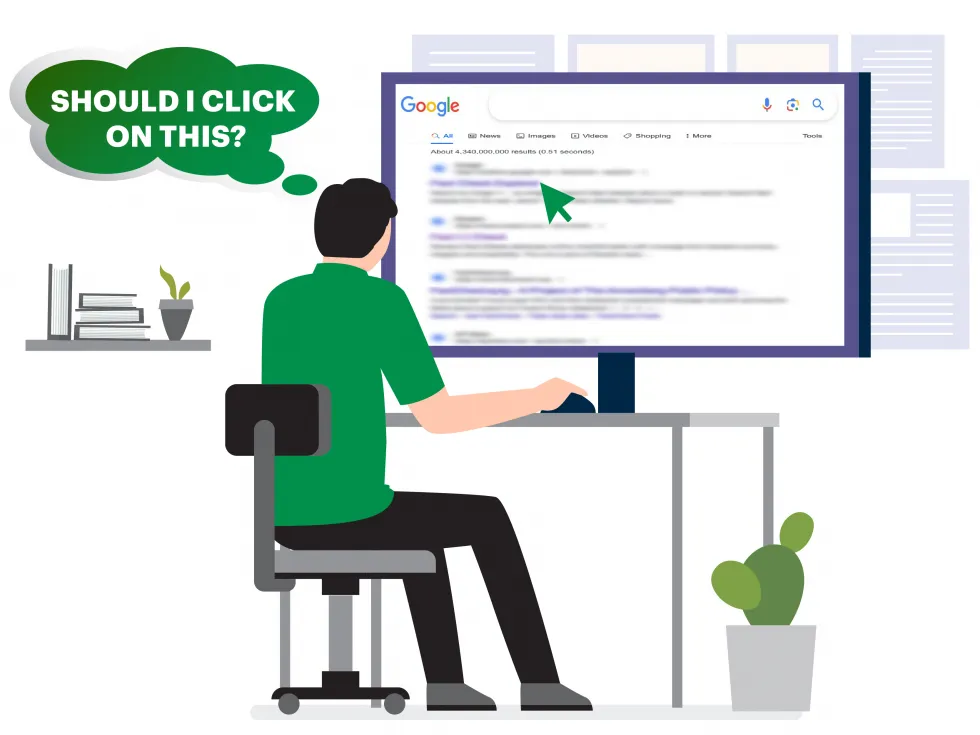By: Umme Kulsum
November 20 2023
 (Source: Logically Facts)
(Source: Logically Facts)
In today's digital era, the reflex to turn to search engines for answers is common and has almost become second nature for most people. Yet, with each web search yielding thousands of results, selecting the correct link becomes critical. Which one should you click on? Which one should you believe? Are all search results dependable?
Many people tend to click on the first search result without thoroughly scrutinizing it, and while the first link is often from a credible source, that is not always the case.
So, how does one sift through this overwhelming haystack of information and arrive at the proverbial needle? Here’s a simple trick: Exercise click restraint.
Taking the time to evaluate various search results, verifying sources, and considering the credibility of the information can help us make more informed choices and deepen our understanding of the topic at hand. Thus, developing this restraint is a fundamental yet important aspect of information literacy in the digital age.
Click restraint is a simple yet valuable technique that ensures individuals are not overwhelmed by search results or exposed to irrelevant or low-quality content. It encourages people to approach online information consumption with discernment, emphasizing the importance of confirming the accuracy of a link before clicking or engaging with it. In the face of widespread misinformation, clickbait, and misleading content, exercising click restraint can help curb the spread of false information.
For practical concerns, here's a quick guide to verifying online sources:
(Edited by Nitish Rampal)